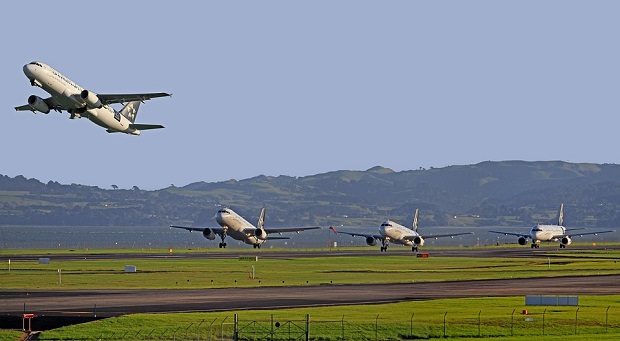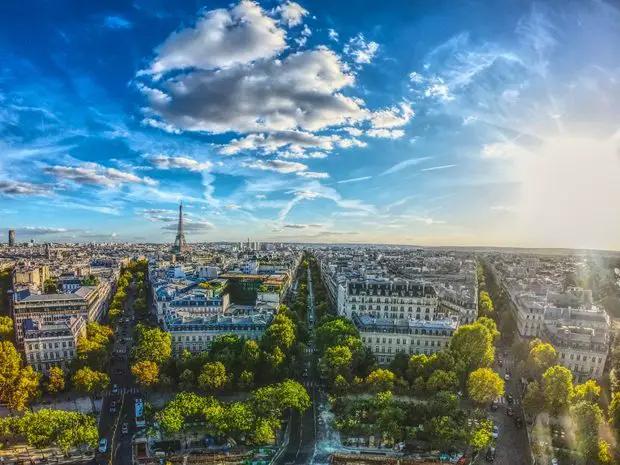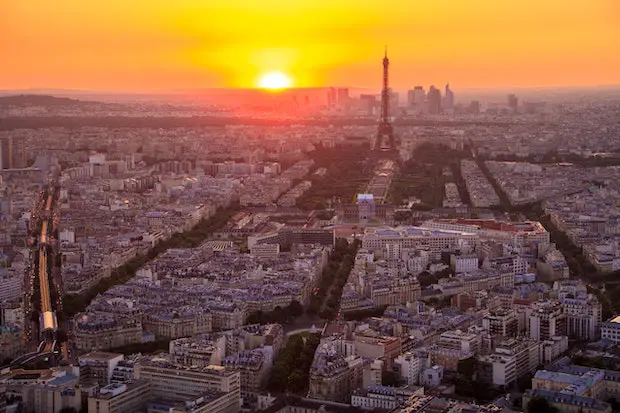Taking the Paris metro for the first time can be very intimidating. But don’t worry, because, in this guide, I’m going to teach everything you need to know in order to take the metro without stress just like a real Parisian.
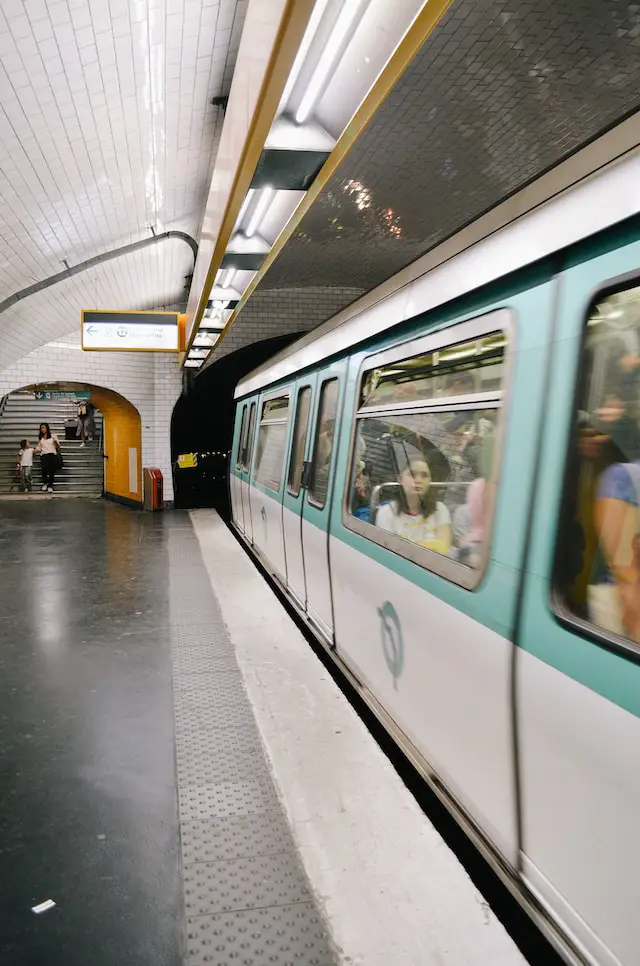
Table of Contents
Paris Metro: Pros and Cons
Pros:
- The metro is the fastest way to get around the city. It avoids traffic, which can be a big problem for other types of transportation.
- Metro stations are well-placed, making it easy to reach top attractions like museums, department stores, and famous landmarks.
- With 16 metro lines and 309 stations, you’re never too far from one—most places in the city are within a 20-minute walk from a station.
- The metro runs early in the morning (starting at 5:30 a.m.) and stays open late. From Sunday to Thursday, it closes at 1:15 a.m., and on Fridays, Saturdays, and the night before public holidays, it stays open until 2:15 a.m.
- Lines 1, 4, and 14 are fully automated, so they keep running even during strikes.
Cons:
- The metro gets very crowded during rush hours, which can feel uncomfortable or overwhelming. Pickpockets are also more common in crowded areas.
- Cleanliness is a big issue—bad smells and general hygiene problems can make the experience unpleasant.
- Strikes happen often in Paris, sometimes making the metro difficult or impossible to use.
- Metro trains aren’t designed for people with large luggage, and not all stations have escalators or elevators.
- It can be tricky for elderly people, travelers with strollers, or those with disabilities to access some metro stations.
- Some trips require multiple transfers, which can make getting from one place to another take longer.
- Delays happen often due to passenger-related incidents, which can disrupt service.
My tip: If you have a lot of luggage or there are major metro disruptions, it’s better to take an Uber or a taxi. Otherwise, the metro is an excellent way to get around Paris!
Paris Metro Map
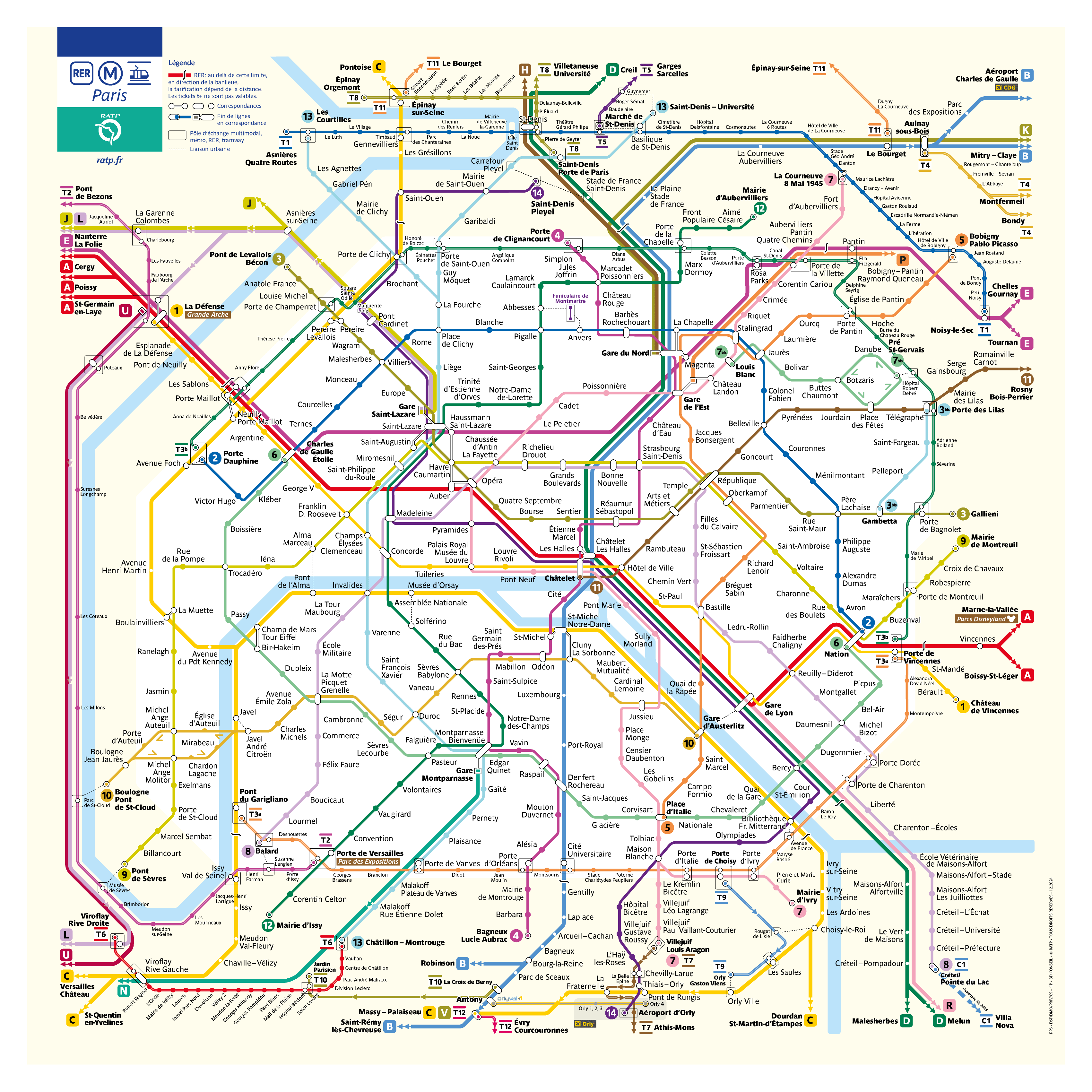
With its 16 metro lines stopping at 309 stations, the Paris metro network is one of the most dense in the world.
The metro lines are interconnected, allowing passengers to travel through the whole of Paris via the links between the metros, but also with the RER (high-speed train linking Paris to the suburbs), the tramways, and the buses.
Which Metro Card Should You Get in Paris?
If you’re visiting Paris in 2025, paper metro tickets are no longer available.
Instead, you’ll need a Navigo card or a smartphone to pay for public transport. Here’s a simple guide to choosing the right option for you!
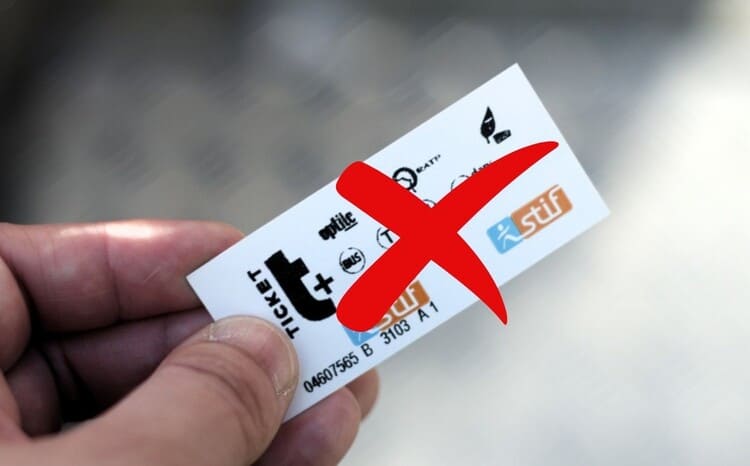
The 2 Main Cards for Tourists
🟦 Navigo Easy – For Short Visits & Occasional Travel
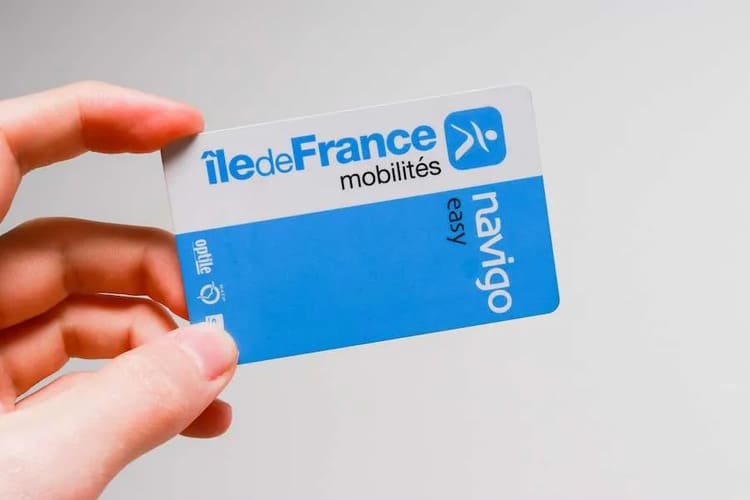
- Best for: Tourists staying just a few days who don’t need unlimited travel.
- What it does: Works like a prepaid card where you load individual tickets for the metro, bus, RER, and even airport trips.
- Can be shared? Yes! Since it’s not personal, you can pass it to someone else (but only one person can use it at a time).
- Cost: €2 for the card, then add tickets:
- Metro/RER/Train ticket: €2.50 per trip
- Bus/Tram ticket: €2 per trip
- Day Pass (unlimited travel, except airports): €12
- Airport ticket (to Orly or Charles de Gaulle): €13
🟪 Navigo Découverte – For a Full Week of Unlimited Travel
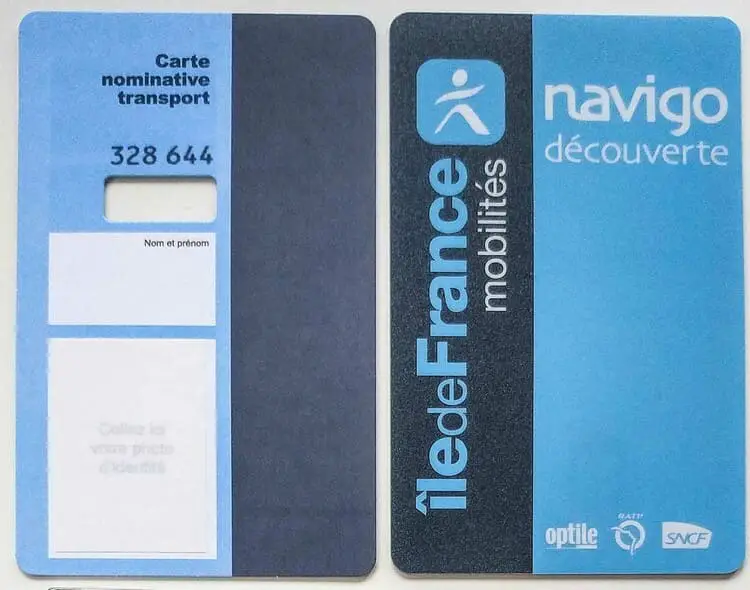
- Best for: Visitors staying for a full week and using public transport a lot.
- What it does: Gives unlimited travel on metro, bus, tram, RER, and regional trains for a fixed price per week (€31.60 in 2025).
- Can be shared? No! It’s personal—you must add a photo and write your name on it.
- Cost: €5 for the card + €31.60 for a weekly pass (Monday–Sunday).
- Includes airport transport? Yes, except for the Orlyval (the special train from Antony to Orly Airport).
- Important note: The weekly pass always starts on a Monday and ends on Sunday. You can’t buy it after Thursday for the current week.
How to Buy a Navigo Card
🔹 Navigo Easy: Buy it at ticket machines in metro and RER stations or at ticket counters.
🔹 Navigo Découverte: Only available at ticket counters (not from machines). You’ll need a small ID photo to attach to it. You can take a photo at a photo booth in many metro and RER stations.
💳 Payment: Use cash, coins, or a credit card at the ticket machines or counters.
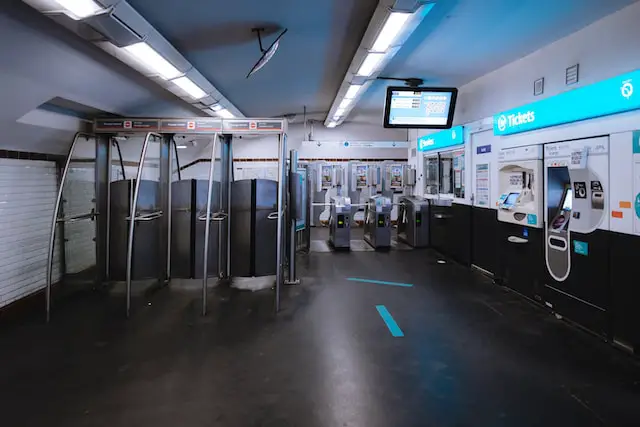
Using a Smartphone Instead of a Card
If you have an Android phone with NFC (or an iPhone with Apple Wallet), you can use your phone as a metro ticket!
- Download the Île-de-France Mobilités app.
- Buy tickets or passes directly on your phone.
- Tap your phone on the metro gates just like a Navigo card.
- Works with Samsung Pay, Apple Pay, or a credit card.
What If You’re Going to the Airport?
- Navigo Easy: Load a €13 airport ticket for the RER B (to Charles de Gaulle) or Metro Line 14 (to Orly).
- Navigo Découverte: The weekly pass includes airport transport, except for the Orlyval train (which costs extra).
What If You’re Going to Disneyland or Versailles?
- Any metro-train-RER ticket (€2.50) will get you there.
- If you have a Navigo Day or Weekly Pass, these destinations are included for free!
Navigo Découverte vs Navigo Easy: Which One Should You Get?
| If you… | Get this card: |
|---|---|
| Plan to use public transport a lot for a full week | 🟪 Navigo Découverte (Unlimited travel for €31.60/week) |
| Are staying only a few days and using transport occasionally | 🟦 Navigo Easy (Buy individual tickets or a 1-day pass) |
| Want the cheapest way to get around | 📱 Use your phone (Buy tickets through the Île-de-France Mobilités app) |
| Need an airport ticket | 🟦 Navigo Easy (Load a €13 ticket) or 🟪 Navigo Découverte Weekly Pass |
The Paris Visite Travel Pass – Is It Worth It?
The Paris Visite Pass is a tourist pass that allows unlimited travel for 1, 2, 3, or 5 days in Paris and its suburbs. It can be loaded onto a Navigo Easy card.
💰 Cost example: €29.90 for 1 day in all zones (including airports).
🔍 Is it a good deal?
Most locals and travel experts do not recommend this pass because it’s expensive compared to the Navigo Day (€12) or Weekly Pass (€31.60).
📌 Better alternatives:
- If you need unlimited travel for 1 day, the Navigo Day Pass (€12) is cheaper.
- If you’ll be in Paris for a full week, the Navigo Weekly Pass (€31.60) offers much better value.
👉 Bottom line: Unless you plan on using a LOT of transport in a short time, the Paris Visite Pass is rarely worth it.
Things to Keep in Mind
- The metro is free for children under 4 years old. Kids aged 4 to 10 get half-price on certain passes.
- The Ile-de-France region is divided into 5 zones:
- Zones 1–3 cover Paris and the nearby suburbs.
- Zones 4 and 5 cover the rest of the region, including Charles de Gaulle Airport, Orly Airport, and Disneyland Paris.
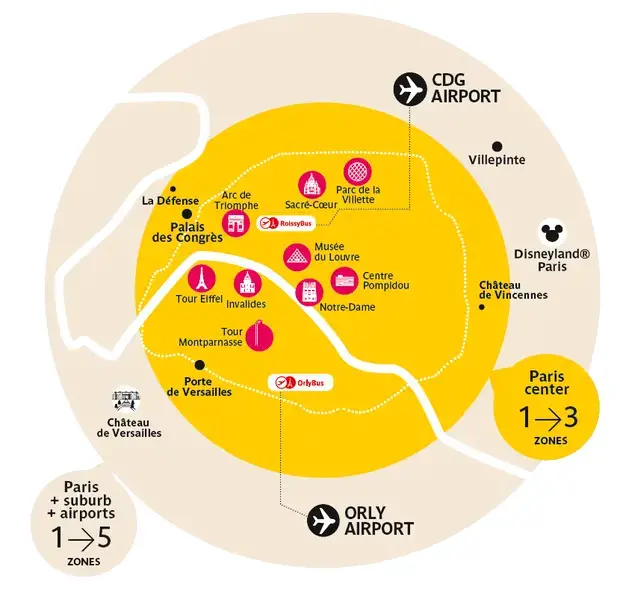
How Do You Take the Paris Metro?
Voir cette publication sur Instagram
The metro entrances are easily identifiable with their signs indicating the name of the station and the metro lines that are in circulation.
You can buy train tickets right away:
- on the machines designed for this purpose
- directly at the ticket counter
This ticket is necessary to go through the turnstiles and access the metro lines. You can also get a subscription, but I will explain that in more detail later down below.
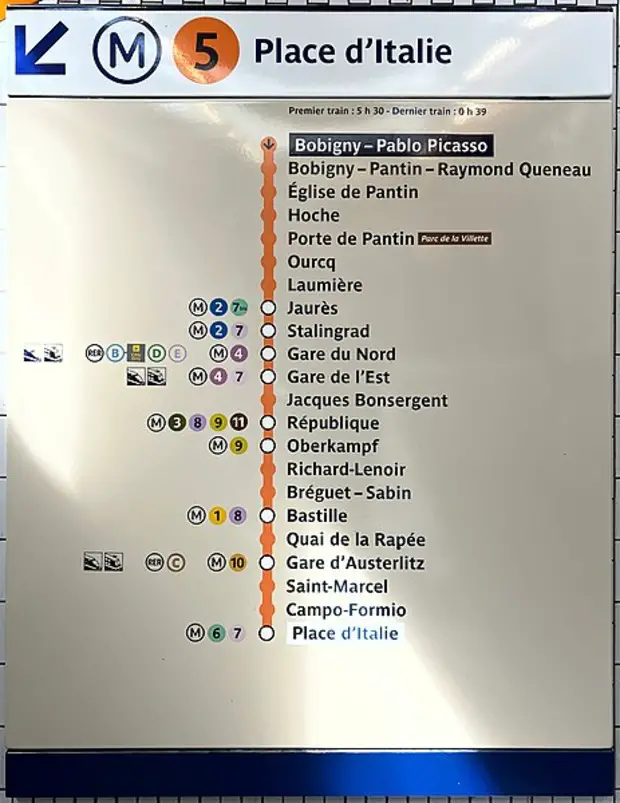
Inside the station, signs on the walls or hanging from the ceiling show the direction of each metro line. When you reach the right platform, you’ll see a sign listing all the stops on that line.
Keep in mind that metro trains run in both directions. The direction is shown on signs at the entrance to the platform and on screens hanging from the ceiling. These screens also display the wait time for the next train.
Tip for those in a hurry: Depending on your destination, it may be better to sit at the front, middle, or back of the train. Apps like Citymapper can help you find the best spot.
Metro Schedules
Paris’s public transportation system is managed by the RATP (Régie Autonome des Transports Parisiens).
Metro service runs from 5:30 a.m. to 1:30 a.m. Monday through Thursday. On weekends and the night before public holidays, trains run until 2:30 a.m.
But keep in mind—this doesn’t mean you can hop on a train just before closing! The last trains usually depart between 12:40 and 12:50 a.m. to reach the final stop by 1:30 a.m. On weekends and holidays, the last trains leave between 1:40 and 1:50 a.m. to arrive at 2:30 a.m.
During rush hour (7:30–9:30 a.m. and 4:30–7:30 p.m.), metros run about every 2 minutes. Outside of peak times, they arrive every 4–5 minutes. Late at night (after 11 p.m.), wait times can be 7–10 minutes.
To check exact schedules, visit the official RATP website.
For real-time metro updates (plus bus, RER, and tramway info), download the Ile-de-France Mobilités app—it’s the easiest way to stay updated on public transport in Paris!

Traffic information (delays, line closures, suspicious packages) is regularly relayed, enabling you to anticipate your journeys as effectively as possible.
Metro Lines to Paris Tourist Sites
Voir cette publication sur Instagram
Some metro lines are nicknamed “tourist lines” because they stop close to major tourist attractions:
Line 1: passes by the Arc de Triomphe, the Louvre, Place de la Concorde, the Champs-Élysées, and Châtelet.
Line 4: passes by Notre-Dame Cathedral, the Marais district, and the Latin Quarter.
Line 6: passes by the Eiffel Tower, Trocadéro, Les Invalides, and the Montparnasse district.
Line 7: passes by the Louvre, the Opéra Garnier, the Galeries Lafayette Haussmann, the Printemps Haussmann, and the Châtelet district.
Line 12: passes through Montmartre, the Sacré-Coeur, and the Moulin Rouge.
FAQ
Which metro lines are the most saturated?
Line 1: serves major business districts such as La Défense and Châtelet, and passes through highly touristic areas such as the Champs-Elysées and the Louvre.
Line 4: runs through central Paris, stopping at popular stations such as Châtelet, Gare du Nord, and Montparnasse-Bienvenũe.
Line 13: connects the northern and southern suburbs of Paris, passing through densely populated areas. Montparnasse-Bienvenüe and Saint-Lazare stations are particularly saturated at rush hour.
Line 14: serves major business districts such as Bercy, Châtelet, and Saint-Lazare, and attracts many workers. Since 2024, Orly airport as well.
What are the metro rush hours?
- Morning: 7:30 to 9:30 a.m.
- Evening: 4:30 to 7:30 p.m.
What are the best times to avoid the crowds?
During off-peak hours, between 9 a.m. and 4 p.m.
How do transfers work between the metro, RER, buses, and trams?
- Metro to metro or RER: Transfers happen inside the stations. Just follow the signs to the right platform. Since you stay within the metro system, you don’t need a new ticket.
- Metro to tram or bus: You have to exit the metro to take a tram or bus. Because you’re leaving the metro system, you’ll need a new ticket.
Are there pickpockets in the metro? How can I avoid them?
Yes, pickpockets are common in the metro, especially on lines 1 and 7, which are popular with tourists.
To protect yourself:
- Keep your bags close and zipped.
- Avoid carrying valuables in an easy-to-reach place.
- Be extra careful in crowded trains and stations.
Pickpockets are very skilled at opening bags or stealing wallets and phones without being noticed.
Related read: What Every Paris Tourist Needs to Know to Outsmart Pickpockets
Are there public restrooms in the metro?
Yes, but only in a few stations. You can find a list of public restrooms and their locations on the official metro website.
How can I check for metro delays or service disruptions?
- Visit the RATP website or use the Ile-de-France Mobilités app for real-time updates.
- Each metro line also has an official Twitter account where they post live service updates.
Are there baggage size limits in the metro?
Yes! If you’re carrying luggage or large items, make sure they follow these rules:
- Suitcases and bags must be no larger than 75 cm.
- Long items must be under 2 meters and no wider than 20 cm (skis are allowed!).

With a passion for travel and having visited over 50 countries, Dorian is eager to share his favorite spots and expert tips to help you explore Paris and France like a local.

